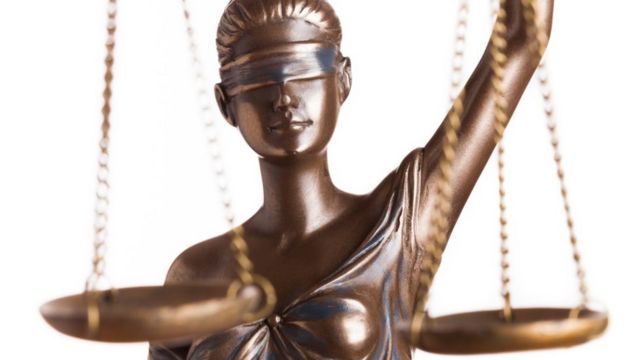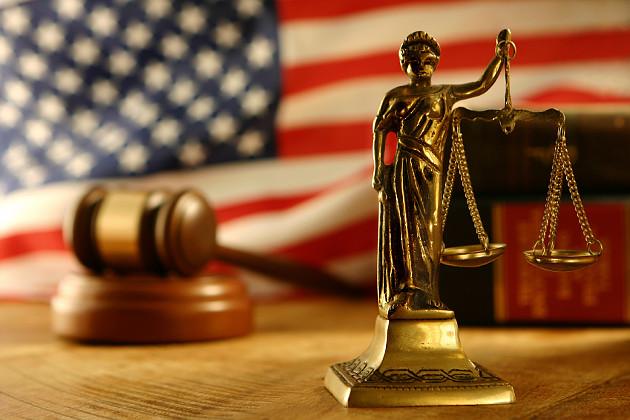On September 14, 2015, the U.S. Court of Appeals for the Ninth Circuit ruled in Lenz v. universal music.
It touches on some of the complex issues of applying the fair use doctrine, which determines when a copyrighted work can be used without the consent of the copyright owner. The American legal doctrine of fair use is known for its unique approach to determining the rights of users. Unlike the widely used closed lists of exceptions and limitations of copyright, this doctrine formulates a general rule applicable in many situations, incl. not covered by the original intent of the legislator. Of course, there are many conflicts. But let’s emphasize an important point. In conditions when the need to modernize copyright is generally recognized, and the possibilities for large-scale legislative reform are limited, legal mechanisms are of particular importance that allow achieving the goals required by society with minimal effort. Among the striking examples, let us recall the attempt to legitimize digital exhaustion in the European Union, and in the United States – an extensive judicial interpretation of the fair use doctrine. The case under consideration is interesting in that it finally transfers fair use from the category of restrictions on rights into an independent subjective right, and, no less important, fixes the corresponding duty of the right holder to comply with it. However, this reveals several serious problems that are relevant not only for American law.

Stephanie Lenz posted a 29-second home video on YouTube of her young sons dancing to Prince, the related rights to which belonged to Universal Music at the time. At the beginning of the video, the mother asks one of the sons what he thinks about the sound of the music, after which they start dancing. The music is well recognizable, playing throughout the passage. This led the representative of Universal Music to conclude that the composition is at the center of the video, which is a substantial use of a protected work without the consent of the copyright holder. The owner of the rights demanded that the video be removed from the YouTube service under the DMCA rules. However, Stephanie, confident in the legality of her actions, appealed to the service with objections, and then to the court.
After several years of consideration of the case in the courts (since 2007), the Court of Appeal made a landmark decision.
It is well known that the main copyright battles are between economic heavyweights. Professional copyright holders defend their rights to exploit creative content (by no means always created by them) and prohibit everyone else from doing it, and large Internet intermediaries beg for indulgence for their participation in information exchange, gradually also getting involved in the exploitation of someone else’s intellectual work. Ordinary users are left out of business. Their rights and freedoms remain without proper protection, and their interests without representation. However, it is from among ordinary users that new talents most often appear, creating on fertile cultural soil. Therefore, any, even small, victory on their side is vigorously welcomed. As, for example, in the case of Kirtsaeng. The case under consideration is another small step towards greater freedom of users on the Internet.
Stephanie Lenz’s arguments were based on the doctrine of fair use. In the United States, it is widely believed that “fair use” is only a form of judicial protection (“affirmative defense”). It does not grant users a separate right to freely use someone else’s work. Users do so at their own risk. But if they follow certain guidelines of the law, the court may recognize their actions as lawful, which would otherwise be considered copyright infringement. Naturally, this will happen after the copyright holder submits his claims. That is why the doctrine of “fair use” in the United States has evolved in recent years due to the development by large user associations (screenwriters, documentary makers, etc.) of codes of good practice that can be used in advance as guidelines when borrowing protected content can be recognized without fear violator. Of course, the courts interpret the doctrine broadly enough to motivate users (and information intermediaries) to actively involve cultural wealth in the creative process. But the retrospective nature of the doctrine’s operation raises many concerns. The right holder is free to ignore it and apply any measures of influence to the violator. The court, if necessary, will correct the situation itself. As a result, the influence of fair use, a powerful tool for balancing interests, is severely limited.
After Lenz v. Universal Music is changing a lot.
1) First of all, the court clarified that the doctrine is something more than a form of judicial protection. “Fair Use” is not an example of a statutory infringement, but statutory instances of lawful use of a protected work. This means that the user has the right to use someone else’s work within acceptable limits without the consent of the copyright holder. Yes, in litigation, reliance on fair use is a form of judicial protection, but only from the procedural side. In terms of content, this is a full-fledged right to free use of a work that already exists at the moment when a person decides to use a protected work within the limits provided for by law, i.e. long before the court case. The Court cites the 11th Circuit Court decision in Bateman v. Mnemonics Inc. 1996, in which an attempt was already made to recognize fair use as a user right, which, however, did not receive further development.
2) Since free fair use can be called a full-fledged user right, it predetermines the counter duty of the right holder not to interfere with such use. In a disputed situation, “the copyright holder must verify the existence of fairuse before submitting a request to remove content under §512(c) DMCA.” This means that the right holder can no longer rely on the presumption of infringement in any act of using content without his knowledge. User actions may be justified under the fair use doctrine. The copyright holder is obliged to check this in advance. Accordingly, there will be no grounds for making claims. It can be expected that unreasonable requests to remove user-generated content from various Internet services will become much less. Naturally, much depends on whether the copyright holder will be legally liable for unfounded accusations.
3) §512(c)(3)(A) of the DMCA requires a copyright owner to include in a takedown notification a statement of its “good faith belief that the infringing material is not authorized by the copyright owner, its agent, or the law.” If the statement is not true, the copyright holder may be held liable under §512(f) DMCA.
The Court clarified that DMCA §512(f) gives the plaintiff the right to claim damages for any damages caused by the defendant’s false statement. To Universal Music’s objection that the plaintiff could not prove the amount of damages, the court upheld the plaintiff’s right to claim the nominal amount of compensation provided by law.
The plaintiff believed that the copyright holder deliberately misled the service by falsely accusing the plaintiff of copyright infringement. Stephanie Lentz argued that the defendant could not have formed a good faith belief that there was a violation because he did not analyze the applicability of the fair use doctrine at all. The respondent objected that, although formally the stage of verification, at which the “fair use” of the work by users would be assessed, is not singled out, in fact, such an assessment is carried out.
The Court of Appeal, which had hitherto strictly insisted on respect for the right of fair use, took an unexpectedly soft stance on this issue. The Court explained that, according to the emerging case law, the criterion of “good faith conviction” is subjective, not objective. Liability requires evidence that the copyright holder knew about the bad faith of his check (actual knowledge theory). The presence of additional opportunities to obtain reliable knowledge, not used by the right holder, is not enough in itself. For their mistakes, albeit unreasonable, the copyright holder is not responsible. Therefore, if the right holder has come to a conscientious subjective belief that the use of the work in a particular case does not comply with the requirements of fair use, his statement will not entail liability, even if the court further considers the fair use doctrine applicable. A different situation arises if the right holder approached the assessment of fair use carelessly, and there is confirmation of this. There are examples of intellectual property owners found guilty of violating §512(f) DMCA.

For example, in the case of Disney Enters., Inc. v. Hotfile Corp. (S.D. Fla 2013), the court found evidence of a violation of §512(f) in a copyright holder’s request to remove files that it knew it did not have such rights to. In the same case, the court considered an interesting question – can a conscientious conviction be considered absent if a violation is detected by a machine (automated search on the Internet according to specified criteria) without human participation, because the machine simply compares the text, but does not form a conviction? The Court considered that the use of a computer could be a way to obtain a reasonable belief if the copyright holder had confidence in the search techniques; and the law does not prohibit evaluating the legitimacy of user actions in such ways. In another case, Rosen v. Hosting Serv., Inc. (C.D. Cal. 2010), the copyright holder’s request to block access to four Internet pages was found to be illegal because the pages did not contain material that is right
